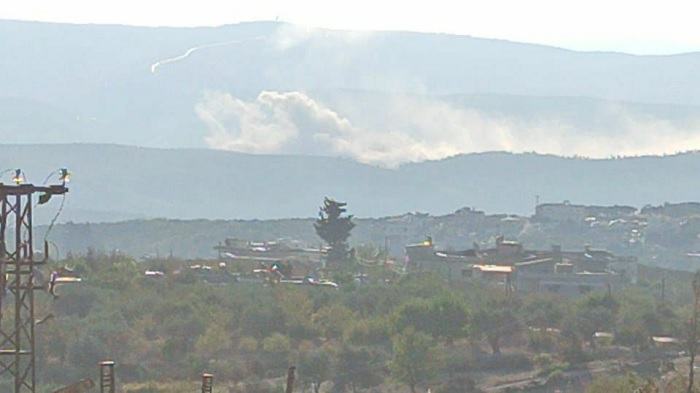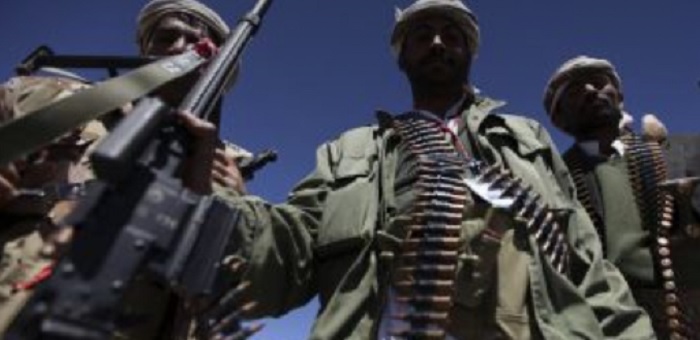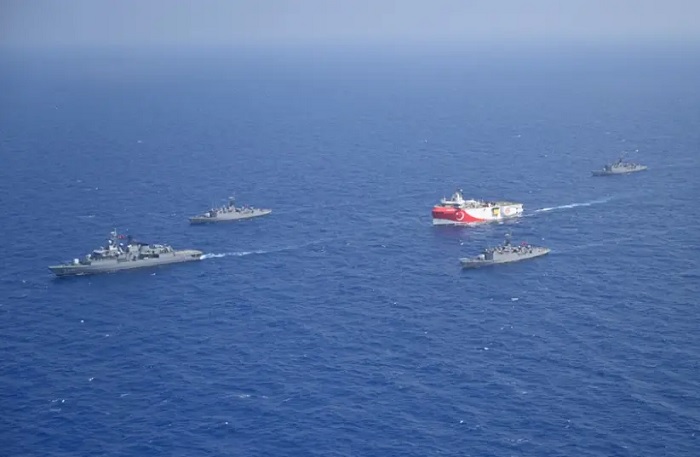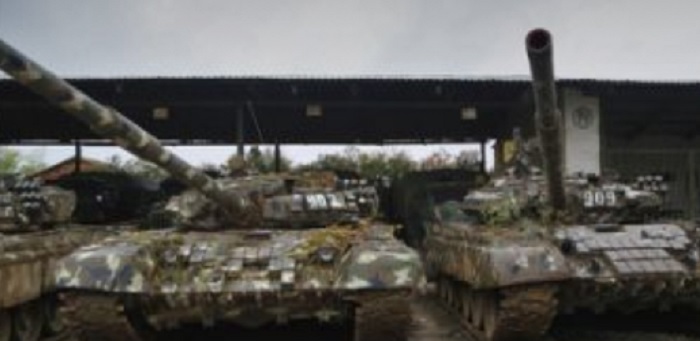New World Order redux

The effort to erode Iranian influence in the Middle East will take far more than precision strikes, argues former US national security advisor, H.R. McMaster.

The effort to erode Iranian influence in the Middle East will take far more than precision strikes, argues former US national security advisor, H.R. McMaster.
The “new Ottoman Sultan”, Recep Tayyip Erdogan, is attracting Syrian and foreign mercenaries from around the world to fight within his army against neighbouring countries he conquers, trying to deepen the idea of the new Janissaries to implement his political, military and geopolitical agendas in the region, and to avoid using Turks in those wars.

Russia bombed parts of Idleb province Wednesday morning, just hours after the country was controversially admitted to the UN Human Rights Council.
Monitors reported a series of Russian airstrikes in the Jisr al-Shughour region, western Idleb, although no casualties were reported.

Muscat’s changed stance towards Yemeni Muslim Brotherhood activities funded by Doha are part of Sultan Haitham’s policy of positive relations with neighbours.
Political sources revealed to The Arab Weekly a remarkable shift in Oman’s stance towards the Qatari-supported Muslim Brotherhood’s activities in Oman.
Drones have proven their effectiveness in the course of hostilities, Azerbaijan has a sufficient number of such vehicles from Turkey and other countries to achieve its goal in Nagorno-Karabakh.

The current problem is greater than the Turkish government’s violations against territorial waters and airspace of Greece, its continued occupation of northern Cyprus, or its threatening Europe with mass Muslim immigration or Islamist terrorists, among other hostile actions.

The US State Department, in unusually tough language, slammed Turkey for creating another crisis off the coast of a small Greek island. Turkey has been using NAVTEX, a naval warning announcement, to force its navy into Greek waters or off the coast of Greek islands under the guise of “research.” It is a carefully orchestrated series of provocations by Ankara, stage-managed every month by Turkey’s increasingly aggressive an extremist far-right President Recep Tayyip Erdogan, to try to bully Greece and Mediterranean countries.
Conform unor surse citate de Bloomberg, guvernul de la Ankara va anunţa o revizuire ”semnificativă” a descoperirii iniţiale, iar noile cifre ar putea fi dezvăluite în zilele următoare, după finalizarea unor noi foraje exploratorii.
SINCE 1972, bilateral ties between Doha and Ankara have developed into a solid partnership in trade, tourism, knowledge sharing, and defence.
Turkish President H E Recep Tayyip Erdogan visited Doha on Wednesday, holding discussions with H H Amir Sheikh Tamim bin Hamad Al Thani on latest regional and international developments as well as issues of joint interest. In an exclusive interview with this paper, the Turkish President spoke about a number of burning regional issues, and termed the bilateral cooperation with Qatar a win-win partnership.

Azerbaijan has admitted using Turkish-manufactured armed drones in clashes against Armenian forces in Nagorno-Karabakh, acknowledging it for the first time since the conflict was reignited.
In a televised interview with the Turkish news channel TRT Haber yesterday, Azerbaijani President Ilham Aliyev said: “Thanks to advanced Turkish drones owned by the Azerbaijan military, our casualties on the front shrunk.” He praised the efficiency of the drones, stating: “These drones show Turkey’s strength. It also empowers us.”